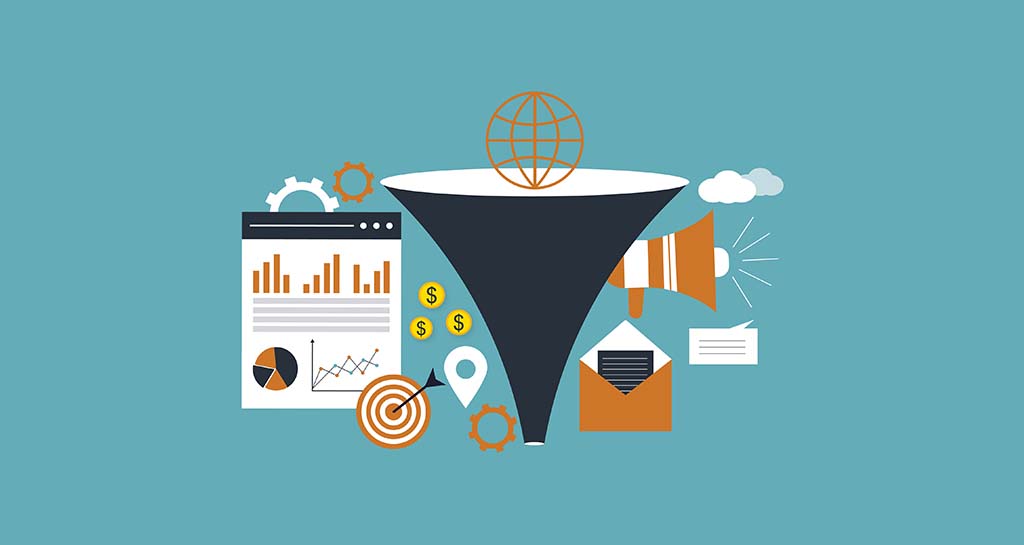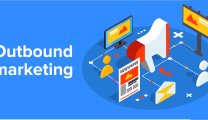What is Demand Generation?
Demand generation is the strategic process of creating brand awareness and demand for your particular product or service.
The focus of demand generation is to raise awareness, or spark interest, in your brand and what you have to offer.
At this stage, there is no push for viewers to provide contact information. This is the awareness stage of their buyer’s journey and isn’t to be intrusive in any way.
It may seem at first that demand generation is no more than exposing people to your brand, getting it out there in front of a bigger audience.
It may be seen as a way to reach out to everyone, entire populations, looking to hook those who have a stronger interest in what you have to offer.
Yet, demand generation is more than that. It involves well-thought-out and planned strategies, all driven by data, and used to generate interest and awareness.
The creation of buyer persona will help narrow the audience you are attempting to reach also.
Goals of demand generation include:
- To increase brand awareness across populations who may not know your brand or what you have to offer.
- To educate and help targeted audiences identify and start to understand their particular pain points and how you can provide a solution.
- To buil trust and authority.
The ultimate goal, however, is to spark their interest, motivating them to learn more.
Examples of Demand Generation Strategies
When it comes to demand generation strategies, the purpose of your content is to share your particular brand and what it has to offer with the right audience.

This audience must have the questions, concerns, or problems that your product and service can help with or solve.
Instead of leaving it to prospects to find you, demand generation is a way to seek them out first, exactly where they are, and provide targeted content.
Content needs to be ungated, meaning consumers do not need to provide any personal data, such as an email address, to gain access to your content.
Before determining which demand generation strategies will work best for your brand, begin with these two steps first:
- Create buyer personas
Begin by creating your buyer personas and plotting out their path along the buyer’s journey. Buyer personas provide guidance, so you can create connecting content for the right targeted audience and their particular pain points.
- Conduct a content audit
Conduct a content audit to determine if you already have suitable content for your demand generation strategy.
Content is key to demand generation, and strategies to use to introduce audiences to your brand include the following:
SEO-optimized content
SEO optimization can help with demand generation.
Identify the keywords associated with your buyer personas and incorporate these into your blog posts.
As a result, potential prospects will be guided to your website to learn more.
Guest Blog Posts
Guest posts can help you build trust and authority and are especially suited for newer companies or new products and services.
The genius behind guest posts is that you are placing them where targeted audiences already are, places where they are looking for the type of information you can provide.
Guest posting gives you exposure to those potential customers who may never have thought to seek you out and learn about what you have to offer.
Another way to get in front of your audience where they are already is by guest podcasting.
Free Resources
Provide a sample of what you have to offer in an online resource that viewers can read or download for free (without having to provide any contact information).
These samplings may include checklists, free trials, free features, simple how-to instructions, or a free mini-class.
You can also create free digital tools such as calculators or interactive content like quizzes, polls, or infographics to grab their attention.
By offering free resources, prospects receive a benefit which then, in turn, can position your brand as a trusted source for information and solutions going forward.
What is Lead Generation?
Lead generation is the specialized focus of converting an audience into qualified leads.
At the heart of lead generation is the obtaining of contact information of those who engage with your content or in some way show interest in what you have to offer.
Strategic content marketing can then nurture those prospects through their buyer’s journey.
The benefits of lead generation include:
- Differentiates your brand.
- Identifies and demonstrates your brand’s value.
- Captures contact information of your targeted audience.
The ultimate goal of lead generation, however, is converting those leads into customers.
Examples of Lead Generation Strategies
The lead generation strategy goals are to create interest, solve a pain point, and exchange a solution for a prospect’s contact information.
For this, you will need to create a variety of lead magnets in the form of gated content.
Gated content involves special content that can be accessed or downloaded only after the online visitor provides some type of personal information.
The personal information usually involves contact specifics such as email addresses and phone numbers.
It can also contain other valuable information like employer name and job title. All of this can provide you with ways to target each prospect more precisely.
In exchange for the personal information, prospects receive access to downloadable resources, webniars, video tutorials, eBooks, newsletters, surveys, or other types of content.
Strategies for lead generation include the following.
Blog Posts, Videos, and Podcasts
Giving customers a choice of audio or visual content today is essential.
A potential customer may spare a few minutes to watch a video but not have time to read a long-form blog post. They may prefer to listen to a podcast as they workout or commute.

Creating various types of gated content can reach a wider audience and expand your prospect pool in more ways than one.
Webinars
Webinars are popular these days, and consumers can join in wherever they are, including at home.
Offering valuable webinars is an extremely effective way of building stronger relationships and reaching those prospects in the consideration and decision stages of their buyer’s journey.
White papers, Case Studies, or eBooks
Creating white papers, case studies, or eBooks for interested consumers to access or download is another lead generation strategy.
Once again, make these gated, requiring the viewer to enter personal information before gaining access, so you will know how to reach out to them again later on.
White paper are technical documents addressing a particular issue or problem, and those interested in them are usually key decision-makers. If you are a B2B brand, this will be an additional benefit.
Take this strategy a step further and create content (blog post, social media) that quotes or mentions the white paper, case study, or eBook, and include a CTA to download the full report.












Replies to This Discussion